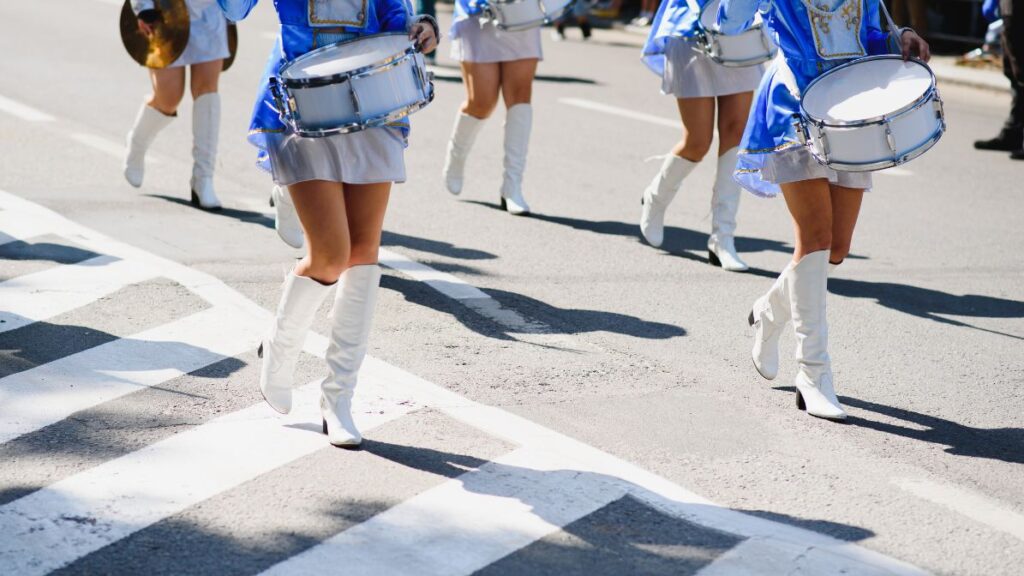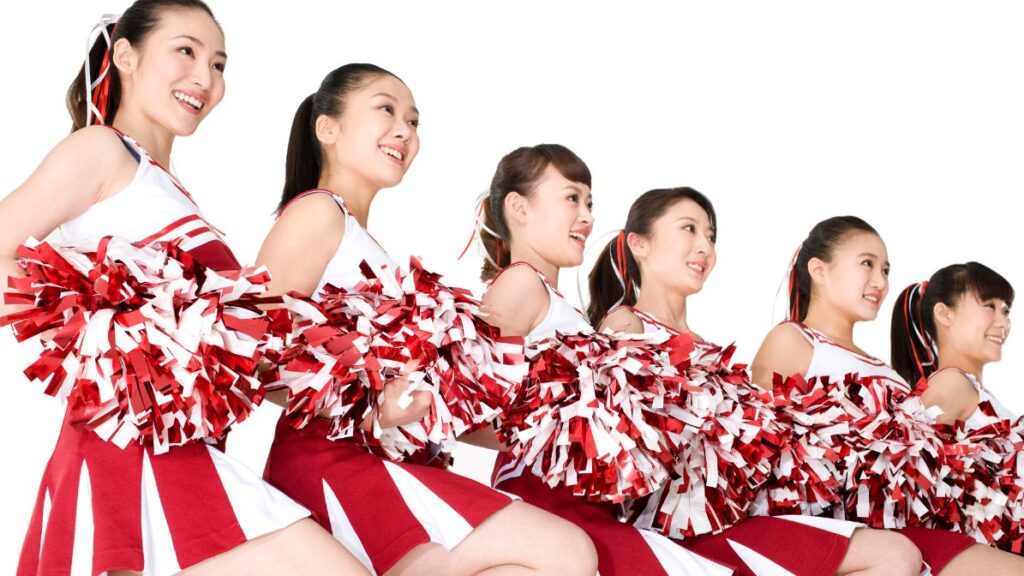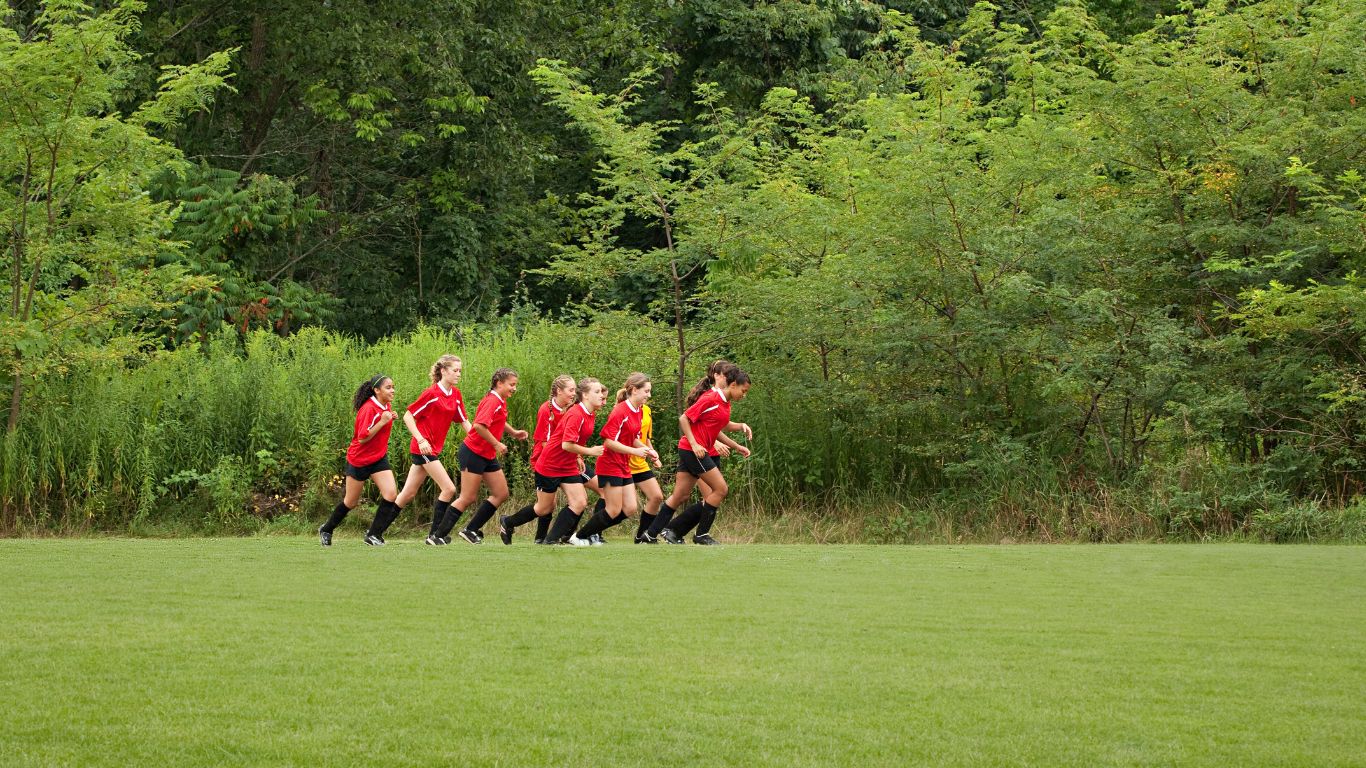Color guard is often overlooked as a sport, but the athleticism, precision, and dedication required to excel in this activity cannot be denied. From the intricate choreography to the strength and agility needed to execute complex routines, color guard demands the same level of athleticism as any other recognized sport. It’s time to challenge the misconception that color guard is not a sport and recognize the hard work and skill of those participating in this physically demanding activity. Let’s give credit where credit is due and acknowledge Color Guard as the sport it truly is.
Define what constitutes a sport.
Step 1: A sport involves physical exertion and skill in which an individual or team competes against another or others for entertainment. It typically involves following a set of rules and can be competitive.
Step 2: Color guard, also known as winter guard, involves a combination of dance, flag work, and rifle or saber spinning. It requires physical strength, coordination, and skill and often consists in competing against other teams in a judged competition.
Step 3: Based on the definition of a sport and the physical and competitive nature of color guards, color guards meet the criteria for being considered a sport. They require athleticism, skill, and competition, making them a legitimate athletic activity.

Highlight the physical and athletic demands of the color guard.
Color guard requires high physical and athletic demand, making it more than just a simple activity. The performers must possess strength, flexibility, coordination, and endurance to execute the intricate routines and choreography. They constantly move and perform complex maneuvers with flags, rifles, and sabers while maintaining precise timing and synchronization with the music. The physical demands of color guard make it a challenging and athletic activity that requires dedication, discipline, and hard work. It’s time to recognize color guard as the athletic and demanding activity that it truly is.
Discuss the competitive nature of color guard competitions.
Color guard competitions are incredibly competitive and require high skill, precision, and teamwork. Their competitive nature pushes teams to strive for excellence and constantly improve performance. From intricate choreography to flawless execution, color guard competitions demand the best from each team, creating an environment of healthy competition and camaraderie. It is not just a sport but a highly competitive and demanding activity that requires dedication and hard work.

Provide examples of other activities that are considered sports.
1. Cheerleading: Cheerleading involves a combination of dance, gymnastics, and stunts that require strength, flexibility, and coordination. Many organizations consider it a sport and require rigorous training and competition.
2. Dance: Competitive dance, such as ballet, jazz, or hip hop, requires athletes to train extensively and compete in events judged based on technique, choreography, and performance. Due to its physical demands and competitive nature, many consider dance a sport.
3. Martial arts: Martial arts, such as karate, taekwondo, and judo, require athletes to train in various techniques and forms, compete in tournaments, and demonstrate skill, strength, and agility. Due to their competitive nature and physical demands, martial arts are widely recognized as sports.
4. Synchronized swimming involves a combination of swimming, dance, and gymnastics performed synchronized with a team. Athletes train rigorously and compete in events that require strength, endurance, and precision, leading many to consider it a sport.
5. Color guard: Color guard involves choreographed routines with flags, rifles, and sabers, often in conjunction with a marching band. Athletes train extensively and compete in events that require skill, coordination, and teamwork. Many organizations and schools consider color guard a sport due to its physical and competitive nature.

Argue that color guard should be recognized as a sport based on the criteria mentioned.
The color guard should be recognized as a sport based on the criteria mentioned. Color guard requires physical strength, endurance, and coordination to perform intricate routines with flags, rifles, and sabers. It also involves intense training, teamwork, and competition, critical elements of any recognized sport. Color guard members practice for hours, perfecting their routines and pushing their bodies to the limit. They compete in regional and national competitions, showcasing their athleticism and skill. The dedication and athleticism required for color guard meet the criteria for a sport, and it’s time for it to be officially recognized as such.
FAQs
1. Is color guard considered a sport? .
Yes, color guard is absolutely a sport. Like any other sport, it requires athleticism, coordination, and teamwork. The physical demands of color guard are often underestimated, but it takes a lot of skill and practice to perform at a high level.
2. What makes color guard a sport?
Color guard involves dance, spinning flags, rifles, and sabers, all requiring strength, flexibility, and precision. It also involves choreography and teamwork, just like any other competitive sport.
3. Do color guard members have to be athletes?
Color guard members are athletes. They train and practice just as hard as any other competitive athlete.
4. What sets Color Guard apart from other sports?
Color guard combines elements of dance, gymnastics, and performance art with the precision and teamwork of a competitive sport. It’s a unique and challenging activity that deserves recognition as a legitimate sport.
5. Why is there debate over whether color guard is a sport?
There may be debate over whether color guard is a sport because it doesn’t fit the traditional mold of a “typical” sport. However, the physical demands and competitive nature of color guard make it undeniably a sport.
6. What do color guard members think about the debate?
Color guard members are passionate about their activity and often feel frustrated by the debate over whether it’s a sport. They train just as hard as any other athlete and deserve to be recognized as such.
7. How can we change the perception of color guard as a sport?
We can modify the perception of color guard as a sport by highlighting the athleticism, skill, and dedication required to excel in the activity. Educating others about the physical demands and competitive nature of color guard can shift the narrative and gain recognition as a legitimate sport.
8. What can I do to support color guard as a sport?
You can support color guard as a sport by attending competitions, advocating for recognition within athletic departments, and promoting its physical and competitive aspects. Your support can help elevate the status of the color guard within the sports community.
Conclusion
Color guard is absolutely a sport. Like any other sport, it requires athleticism, precision, and teamwork. The members of the color guard train tirelessly to perfect their routines and performances, and they compete at a high level, just like any other athlete. So yes, color guard is a sport that deserves the recognition and respect any other sport receives.









